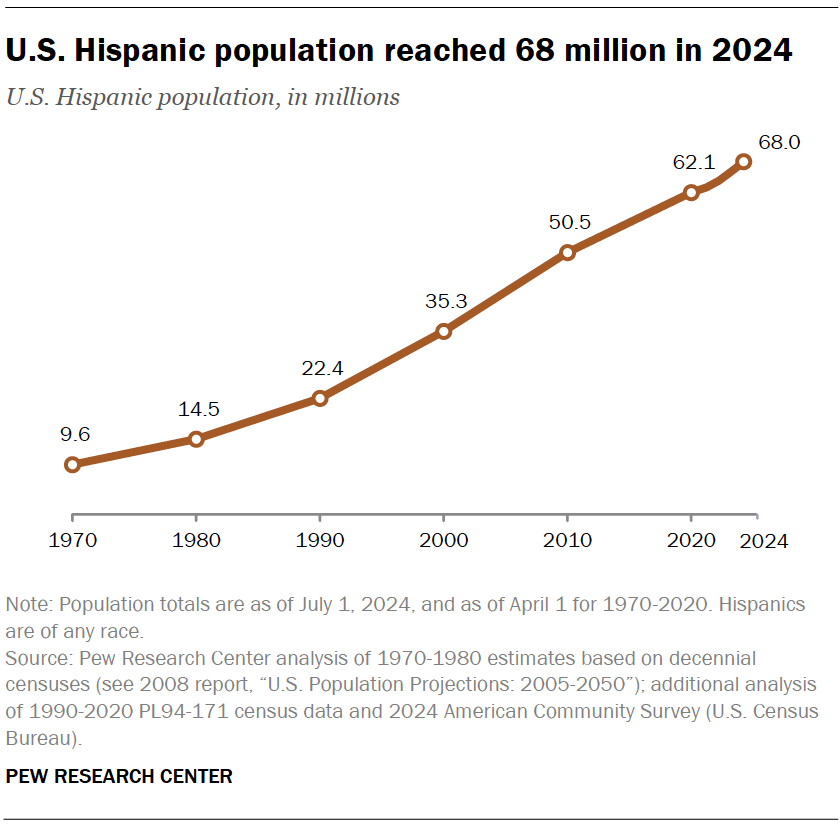Report on Disparities in Early Childhood Education and Alignment with Sustainable Development Goals
1.0 Introduction
This report analyzes the systemic disparities between the early childhood education (ECE) and TK-12 education sectors in California. It highlights how the under-compensation and lack of professional support for ECE educators directly undermines key United Nations Sustainable Development Goals (SDGs), particularly those related to quality education, decent work, and reduced inequalities. The findings indicate that current policies create significant financial and professional barriers for ECE professionals, threatening the stability of a workforce essential for foundational learning and long-term societal success.
2.0 Analysis of Systemic Disparities and SDG Conflicts
A significant gap exists in the professional valuation and support systems for early childhood educators compared to their TK-12 counterparts. This disparity manifests in several critical areas that conflict with the principles of sustainable development.
- Exclusion from Financial Supports: ECE educators are frequently ineligible for financial relief mechanisms such as the California Earned Income Tax Credit (CalEITC) and teacher-specific affordable housing programs, placing them in a precarious financial position. This directly opposes SDG 1 (No Poverty) and SDG 10 (Reduced Inequalities).
- Barriers to Professional Advancement: New credentialing requirements, such as the pre-K–3 credential, often fail to recognize the existing expertise of educators in the field. These requirements impose substantial costs and time commitments, creating hurdles rather than pathways for career advancement, which is inconsistent with the aims of SDG 4 (Quality Education) and SDG 8 (Decent Work and Economic Growth).
- Lack of Compensation Parity: Despite performing work of equal importance and often holding advanced degrees, ECE professionals do not receive salaries, benefits, or retirement plans comparable to those in the TK-12 system. This contravenes the principle of equal pay for work of equal value, a core target of SDG 8.
3.0 Impact on SDG 4: Quality Education
The stability and quality of the ECE workforce is a prerequisite for achieving SDG 4, Target 4.2, which aims to ensure all children have access to quality early childhood development and pre-primary education. Research confirms that the first five years of life are critical for cognitive and social-emotional development. However, the current system in California fosters high professional turnover due to chronic underpayment and lack of benefits. This instability disrupts learning environments, severs trusted relationships between children and educators, and ultimately compromises the quality of the educational foundation upon which all future learning is built.
4.0 Implications for SDG 8: Decent Work and Economic Growth
The conditions described for ECE professionals are in direct opposition to SDG 8, which promotes sustained, inclusive economic growth and decent work for all. The ECE sector is characterized by low wages and inadequate benefits, failing to provide “decent work” for its highly qualified professionals. This systemic issue not only causes financial hardship for individual educators but also weakens the profession, leading to workforce shortages and undermining a critical component of the state’s social and economic infrastructure.
5.0 Broader Connections to Sustainable Development Goals
- SDG 5 (Gender Equality): The ECE workforce is predominantly female. The systemic undervaluing of this profession reflects a broader societal pattern of devaluing care-based work, thereby perpetuating gender-based economic inequality.
- SDG 10 (Reduced Inequalities): The professional disparity between ECE and TK-12 educators is a clear form of institutional inequality. Furthermore, failing to invest in a stable, high-quality ECE system exacerbates learning gaps for children from disadvantaged backgrounds, reinforcing intergenerational cycles of inequality.
6.0 Policy Recommendations for SDG Alignment
To align California’s education policy with the Sustainable Development Goals, the following actions are recommended:
- Expand Financial Supports: Broaden eligibility for tax credits like CalEITC and ensure access to affordable housing programs for all educators, regardless of the type of institution in which they work. This supports SDG 1 and SDG 10.
- Ensure Access to Benefits: Provide state-funded health coverage, retirement plans, and paid professional development opportunities on par with the TK-12 system, directly addressing the targets of SDG 8.
- Establish Salary Parity: Implement a salary scale that ensures ECE professionals with qualifications and experience comparable to their TK-12 counterparts receive equal pay. This is essential for achieving SDG 5, SDG 8, and SDG 10.
- Create Accessible Career Pathways: Reform credentialing systems to recognize and build upon the existing expertise of experienced educators, fostering professional dignity and retention in alignment with SDG 4.
7.0 Conclusion
Investing in early childhood educators is a direct investment in a sustainable future. Ensuring professional equity, fair compensation, and dignified working conditions is not only a matter of fairness but a necessary strategy for achieving Sustainable Development Goals related to education, economic justice, and equality. The stability and expertise of these educators provide the foundation for lifelong learning, making their support essential for the well-being of California’s children and its future prosperity.
Analysis of the Article in Relation to Sustainable Development Goals
1. Which SDGs are addressed or connected to the issues highlighted in the article?
The article highlights issues that are directly and indirectly connected to several Sustainable Development Goals (SDGs). The analysis identifies the following relevant SDGs:
- SDG 4: Quality Education: The entire article is centered on the importance of early childhood education as the foundation for all future learning. It discusses the quality of education, the role of educators, and the need for a supportive environment to ensure children are ready for primary school.
- SDG 8: Decent Work and Economic Growth: The author’s personal narrative focuses on the poor working conditions for early childhood educators, including low pay, lack of benefits, and financial instability. The call for salary parity, benefits, and professional respect directly relates to the goal of achieving decent work for all.
- SDG 10: Reduced Inequalities: The article explicitly points out the systemic inequality between early childhood educators and their TK-12 counterparts. They are excluded from tax benefits, housing programs, and other supports, creating a professional and economic disparity that the author argues is unjust and counterproductive.
- SDG 5: Gender Equality: Although not explicitly mentioned, early childhood education is a profession predominantly staffed by women. The systemic undervaluing of this sector, characterized by low wages and poor benefits, is a reflection of broader gender inequalities in the workforce, where care-based roles are often less compensated than other fields.
2. What specific targets under those SDGs can be identified based on the article’s content?
Based on the issues discussed, several specific SDG targets can be identified:
- Under SDG 4 (Quality Education):
- Target 4.2: “By 2030, ensure that all girls and boys have access to quality early childhood development, care and pre-primary education so that they are ready for primary education.” The article argues that supporting educators through better pay and benefits is essential to prevent high turnover and ensure the “consistent, high-quality instruction” needed to achieve this target.
- Target 4.c: “By 2030, substantially increase the supply of qualified teachers…” The article highlights the problem of “talented early childhood teachers” being driven “out of the profession” due to chronic underpayment and lack of benefits. It also criticizes credentialing systems that create hurdles instead of building on existing expertise, which directly impacts the supply of qualified and experienced teachers.
- Under SDG 8 (Decent Work and Economic Growth):
- Target 8.5: “By 2030, achieve full and productive employment and decent work for all women and men… and equal pay for work of equal value.” The author’s call for “salary parity” with TK-12 teachers, state-funded health coverage, retirement plans, and a living wage directly aligns with achieving decent work and equal pay for work of equal value.
- Under SDG 10 (Reduced Inequalities):
- Target 10.3: “Ensure equal opportunity and reduce inequalities of outcome, including by eliminating discriminatory… policies and practices…” The article identifies specific policies—such as the CalEITC income cutoff, teacher-only housing programs, and tax deductions—that create an “arbitrary line” and exclude early childhood educators, leading to inequalities of outcome. The author advocates for changing these policies to ensure equal opportunity.
3. Are there any indicators mentioned or implied in the article that can be used to measure progress towards the identified targets?
Yes, the article mentions or implies several indicators that could be used to measure progress:
- Indicator for Target 4.2 (Quality Early Childhood Education): The article references research showing that high-quality early education enhances “school readiness” and “later academic achievement.” These outcomes can be measured to assess the quality of the education provided.
- Indicator for Target 4.c (Supply of Qualified Teachers): The article points to “high turnover” as a major problem. Therefore, the teacher turnover rate in early childhood education is a clear implied indicator. A reduction in this rate would signify progress.
- Indicator for Target 8.5 (Decent Work and Equal Pay): The author’s demand for “salary parity” implies that the wage gap between early childhood educators and TK-12 teachers with similar credentials is a key indicator. The percentage of early childhood educators with access to health coverage and retirement plans is another measurable indicator mentioned.
- Indicator for Target 10.3 (Reduced Inequalities): Progress can be measured by tracking the number or percentage of early childhood educators who become eligible for and can access specific support systems. This includes the number of educators qualifying for expanded tax credits (like CalEITC) and the number gaining access to affordable housing programs previously limited to TK-12 teachers.
4. Summary Table of SDGs, Targets, and Indicators
| SDGs | Targets | Indicators |
|---|---|---|
| SDG 4: Quality Education |
4.2: Ensure access to quality early childhood development and pre-primary education.
4.c: Substantially increase the supply of qualified teachers. |
– Measures of school readiness and later academic achievement. – Teacher turnover rate in the early childhood education sector. |
| SDG 8: Decent Work and Economic Growth | 8.5: Achieve decent work for all and equal pay for work of equal value. |
– Wage gap between early childhood educators and TK-12 teachers. – Percentage of educators with access to state-funded health coverage and retirement plans. |
| SDG 10: Reduced Inequalities | 10.3: Ensure equal opportunity and reduce inequalities of outcome by eliminating discriminatory policies. |
– Number/percentage of early childhood educators eligible for and accessing tax credits (e.g., CalEITC). – Number/percentage of early childhood educators with access to affordable housing programs. |
| SDG 5: Gender Equality | 5.c: Adopt and strengthen sound policies for the promotion of gender equality. | – Improvement in wages and benefits in a female-dominated profession as a measure of valuing “women’s work.” |
Source: edsource.org







